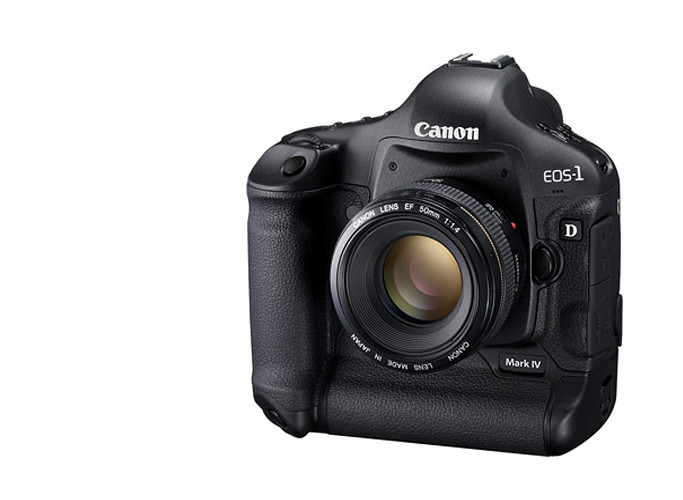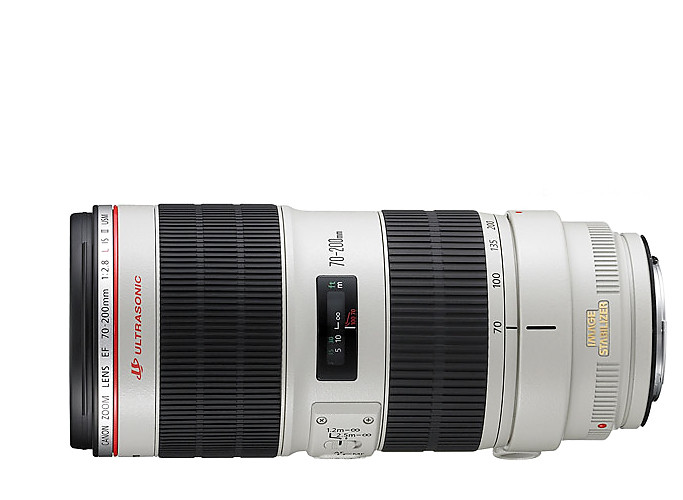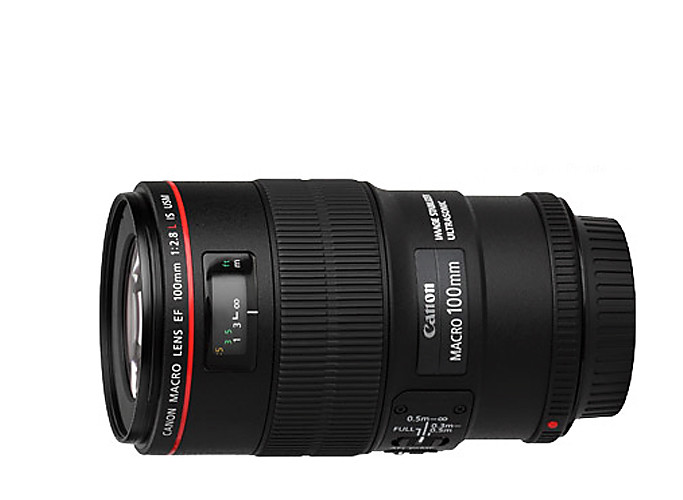 I promise you to address the last question raised on “How to increase the success rate of capturing a fashion show” my Photography Technique page.
I promise you to address the last question raised on “How to increase the success rate of capturing a fashion show” my Photography Technique page.The question was about the kind of gears and tools that I deployed to capture every fashion show. I thought it will be a perfect fit for me to share some experience in relation to my jobs as well as provide a list of equipment that I have been using all this while.
OK. First and foremost, I am not a big fan of latest gears and I will not going to discuss the technique part of my gears, rather, I share with you what I find its usefulness and what help me achieve what I want in the final images. No technique review in this post (you can find thousand of them from the website out there)
To start with, I am a loyal CANON user for more than 15 years……from their 35mm SLR to the latest DSLR currently being offered in the market. I am also a faithful user of CANON line of professional lenses and I love the quality and color tone that CANON DSLR and Lenses produced.
Camera: Canon EOS 1D MK 4 (Sold - Arp 2013)
Basically one doesn’t have to own a high-end DSLR to accomplish the job of capturing fashion shows/ runway event or wedding receptions unless, you are being paid for the task that require high quality images for publication purposes.
 Any DSLR with a decent shutter and aperture control (what am I talking here..) with a relatively high speed continuous exposure of 3-5fps and above is good enough.
Any DSLR with a decent shutter and aperture control (what am I talking here..) with a relatively high speed continuous exposure of 3-5fps and above is good enough.Can DC (Digital Compact) do it? Well, it depends but generally a compact may not have the necessary exposure control (shutter speed, aperture and ISO range) to accomplish the job to your satisfaction
I know someone out there could possibility proof me wrong and I’m welcome your input.
I have being using the CANON EOS 5D Mark II in the past and now I am using primary the CANON EOS 1D Mark IV for my jobs.
My experience with the new CANON EOS 1D Mark IV so far has been rewarding. The superb continuous shots of 10fps and the all-new design AI Servo focus tracking system ability were amazing (In relation to the slower EOS 5D Mark II).
However, I still think that the "AI Servo" AF tracking system still have rooms to improve as there are still images that are Out-Of- Focus. (Ratio – about 6 out of 30 images)…overall, it’s still a tolerable result. (Myself could have caused some of these OOF shots in handling the heavy 70-200mm lens without the aid of a monopod!)
Frankly, I do not employ the 10fps-shooting mode that often! I set my camera continuous shooting to about 7fps or there about which is sufficient to capture most of the movement and expression from the Models on stage.
The 45-points focus expansion helps tremendously in tracking the movement of the Models on stage. The speed of their catwalk sometime is faster than you can imagine so the focus expansion helps.
I love the feature of “memorizes” the selected focus points in relationship to the camera orientation. This feature save me a lot time whenever I wish to rotate my camera to capture in landscape mode.
The battery is super heavy duty!! I can only drain the power after a considerable 4,000 - 4,500 shots (or there above and with preview of images and some video capture in between). A full charge could sometime last me for 2 days of usage or about 6 shows so I am very please with the power supply.
The 18 Mega Pixels sensor enables me to captured slightly loose and still provide plenty of information for standard cropping. The straight out from camera jpeg images are sharp and retain a lot of detail when one view on the monitor. Without saying, the RAW could retain even more detail and information for more precise editing and post processing works.
ISO performance is superb. In most of my runway shots, ISO settings between 400 to 1000; the noise level almost unnoticeable. During most of my Wedding /event assignments when pair with the CANON EF 16-35 f2.8L II USM lens, slightly higher ISO setting of 1600 is needed. However, the noise level at this high setting is still acceptable with full detail and rich color tone (Note: Usually I turn off the in-camera NR setting)
In a nut shell, DSLR with decent continuous tracking and 4-5 fps shooting ability is sufficient to capture the movement and at time, some very interesting action can be frozen and captured using the combination of tracking and continuous shots ability.
One don’t have to invest heavily into camera gears to get a decent runway’s photo, it’s the photography techniques that play an important role but, a set of good and powerful tools/ gears makes your job a lot easier and increases the success rate. Especially when you are getting fees to complete the task and can’t afford any mistake or failure in your assignment.
Lens: Canon EF16-35mm f2.8L II USM (Replacing the 17-40mm F4L)
What kinds of lenses are suitable to do the job? Well, again depends on your budget. A decent zoom lens with 18-200mm is sufficient and Standard Kits Lens that comes with the entry level DSLR such as the 18-55mm may be a challenge for some, especially in a very tricky (especially lighting) environment.
For selection of lenses, I personally prefer a focus length of 70-200mm as my main lens and a wide lens of 17-40mm (or 16-35mm if one can afford it) as my second lens. IMHO, it is the perfect combination. Its covered both the wide and tele-focus range.
Recently I used the wide angle more often than I thought!
For wide-angle, my chose of lens is either the CANON EF 16-35mm f2.8L II USM or the wide angle prime lens such as the Canon EF 24mm f1.4L II USM. (Thanks for one of the reader who pointed out my spelling mistake on these 2 lenses, now corrected. April 2012)
CANON EF 16-35mm f2.8L II USM produce more than decent quality images and it’s very sharp in the center and sharpness fall slightly toward the edges. The distortion of this lens is well control and by carefully placing the subject in the middle of the lens, the result is amazing.
The trend these days are towards wide-angle portrait, it’s so popular in the countries like Taiwan and China. For the Western countries, most of the famous portraits photographers are using the wide-angle lens for their works years ago.
The main reason to replace my trusted Canon 17-40mm f4L USM lens with this lens is overcome the limitation of its (17-40mm F4L) aperture wide open. Aperture value of f4 may be of challenge in most of the indoor environment especially it’s poorly illuminated. Shooting indoor without a remote/ bounce flash is almost impossible to produce the result I want in most of my indoor assignment with the previous EF17-40mm f4L USM lens. With the 2-stop brighter aperture of f2.8, I can capture the scene even with ambiance light and that make my job a lot easier. On auto-focus performance, a slightly "hurt" in low light conditions but overall are acceptable.
When mounted on the EOS 1D Mark IV body with its 1.3X crop factor, the effective focus range is 21mm – 46mm, not too bad for a decent wide-angle shots. The crop factor provides the advantage of cutting out the edge softness as oppose to a real 16mm on a full frame body (Such as the EOS 5D Mark II body). A 21mm wide is sufficient for my works but it may not be good for those who love the ultra-wide angle shots…!
It’s simply amazing to cover the Models as well as the stage deco’ and gives my audiences a wider selection of images to chose from. (Traditionally most runway photographer uses the telephoto lens to captured the full body images and it’s rather bore to have the entire series of such full body images) Unless my client specifies to have full body coverage otherwise I will rather to have a right amount of mixture with some wide-angle images.
Lens: Canon EF 70-200mm f2.8L IS II USM
My all-time-mounted lens on my EOS 1D Mark IV body is the CANON EF 70-200mm f2.8L IS II USM lens. The focus length is just about right to cover the Models from the far starting points of the stage to the mid pose point when the Model posed.
 Depending on the distance between the designated photographer’s stand and the stage, sometime I may be able to cover the last/final pose point (at the front of the stage) when the Model stopped. Usually I will let go the last pose point as the lighting conditions at this point are often terrible, it’s often too close to the light source (in most Malaysia’s stage setting) and the Model’s face will be over-exposure. The angle of view at the last pose point will not be as natural as compare to the mid pose point of the stage.
Depending on the distance between the designated photographer’s stand and the stage, sometime I may be able to cover the last/final pose point (at the front of the stage) when the Model stopped. Usually I will let go the last pose point as the lighting conditions at this point are often terrible, it’s often too close to the light source (in most Malaysia’s stage setting) and the Model’s face will be over-exposure. The angle of view at the last pose point will not be as natural as compare to the mid pose point of the stage. The focus length of this lens at 100mm to 200mm compressed the subject and the background thus rendered a very nice and natural background “bokeh” that help in isolating the Model and the background. The proportion of the catwalk model at this focus length will look more natural…..that’s why I used it very-very often especially for the full as well as the half body shots at mid-pose point!
I am not a big fan to super “Bokeh” effect. Honestly, I think a moderate “bokeh” effect is the best for portrait and event. (That's just my personal preference - Updated Apr 2012)
The improvement of the all-new CANON EF 70-200mm f2.8L IS II USM over the first IS version is the additional 1-stop IS ability. Frankly, it’s not of great help to me but it’s there when I need it. The noticeable improvement is the images quality. The color tone and sharpness is far better and the images captured are more solid with richer color tone. (Thanks to the new lens element introduced into Version II structure)
The other advantage of this lens is the sharpness across center to the edge at f2.8. In most circumstance and part of my bad habit, I often use the largest f-sop available in almost all my works. This gives me the ability to lower my ISO and at time, increase my shutter speed to capture a sharper and much cleaner final image. Larger f-stop also helps diffuse the busy background and make my subject (i.e. the pretty Model) stand out and improve the post processing workflow. Fortunately, the sharpest images appear at the wide open f2.8 stop for this lens, it's a big bonus to me!
Lens: Canon EF 100mm Macro f2.8L IS USM (Sold - May 2012)
New addition to my CANON Lens line up is the all-new CANON EF 100mm f2.8L Macro IS USM lens. I am not a macro photographer.......and this lens is not recommended for fashion and runway event simply due to its AF focusing issue for fast moving / action event.
Then..why you get it dude?
Well, at time I need to capture some detail during a wedding reception and at time when I have no runway or portraits shots to do…I have an excuse to walk around my garden to do some MACRO shots…(I am new to Macro so it’s gonna to be fun going through the learning process…)
Due to the nature of most Macro lenses, the focusing is a bit tricky. It's unlike the normal prime lens and it's less friendly when I use it for non-macro assignment. The focus tends to hurt slightly and more often I have to manually focus the subject before I let the AF system to work (even I have set the focus distance range using the 3-buttons at the side).
Overall the images quality is very sharp and produced very natural color tone. The new hybrid IS system is perfect and I can step down about 3-f stop without much problem. The size and weight is just right for any outdoor event and AF focus is very quite and smooth. Perfect lens!
Lens: Canon EF24mm f1.4L II USM
The latest addition to my camera bag is the mark II of EF 24mm f1.4L USM lens. This is one of the best prime lens ever make by Canon this far. The focusing ability is superb ! I like the "creamy" effect when the aperture are wide open.
 However, this is a "love-it and hate-it" kind of mixed feeling when using the wide open aperture. The shallow depth of field sometime, without careful focusing and composition will produce out of focus images.
However, this is a "love-it and hate-it" kind of mixed feeling when using the wide open aperture. The shallow depth of field sometime, without careful focusing and composition will produce out of focus images.The composition using 24mm (or 31mm on my 1D Mark IV) is just nice to capture a half body portrait with very beautiful and natural out of focus blur (bokeh). 31mm is also very practical for street photography. This is the lens that I will use more often especially when I am on the move (traveling) due to the lighter weight and the ability to shoot in low light conditions.
That’s all folk, the above are some of my main tools and gears use for my photography works from now…
Last update: April 2013



